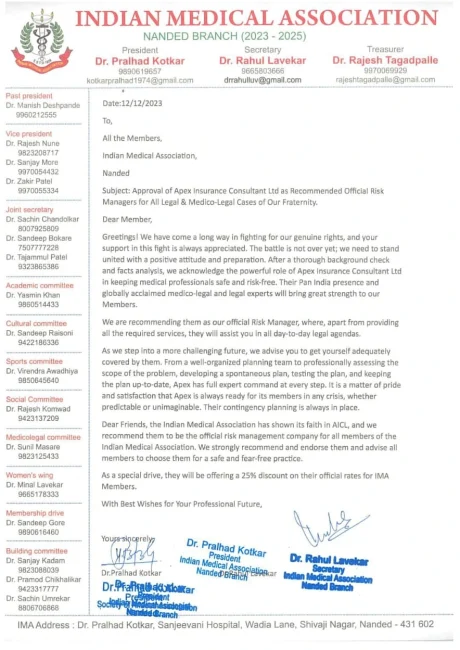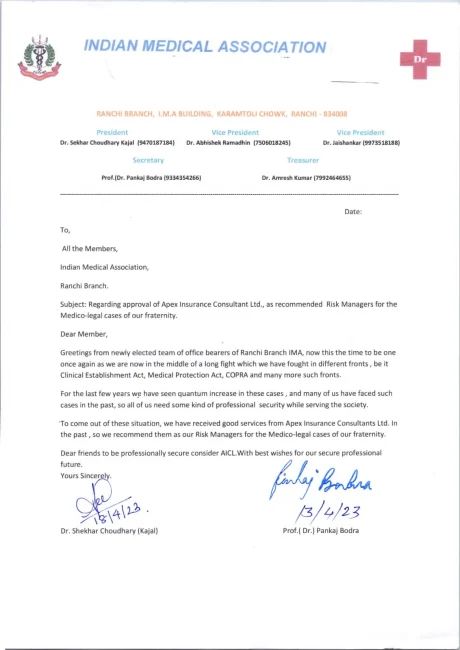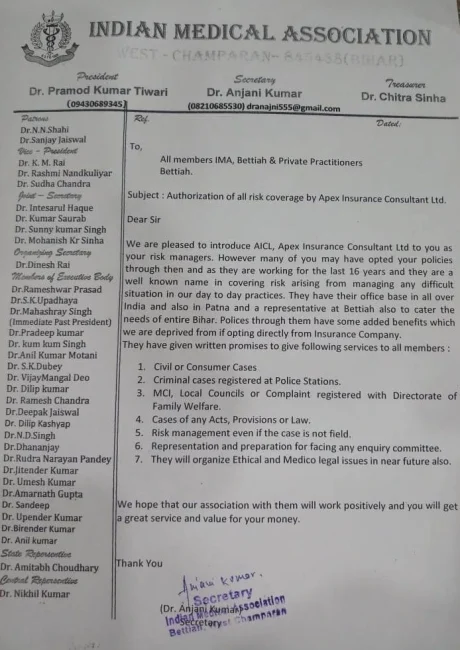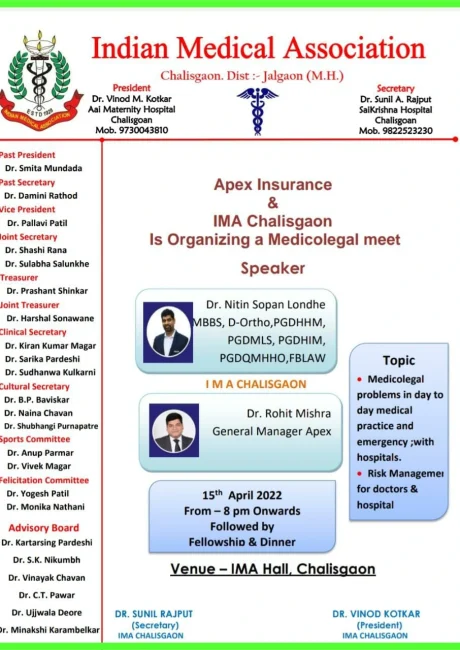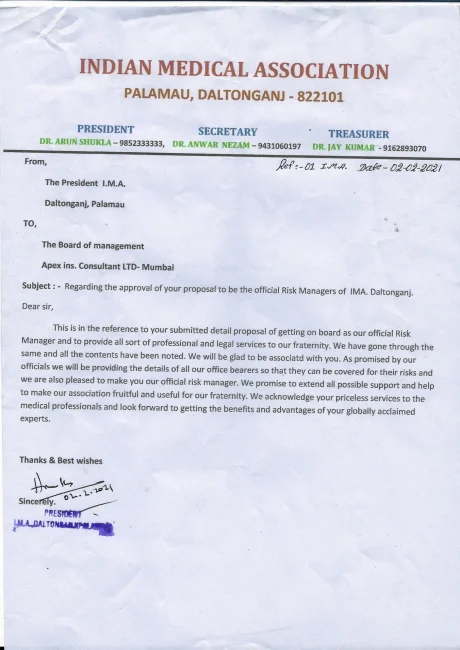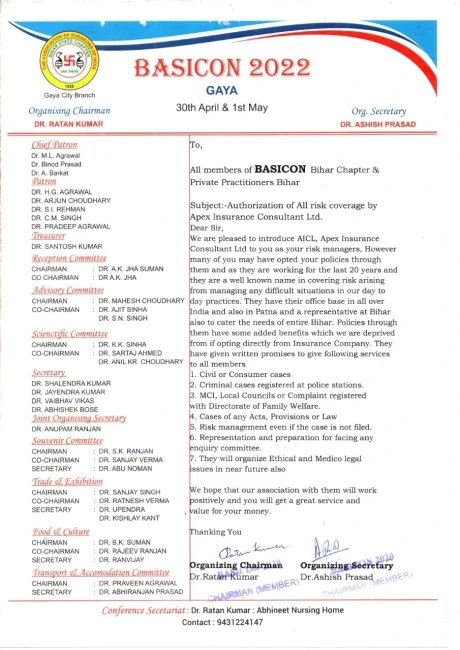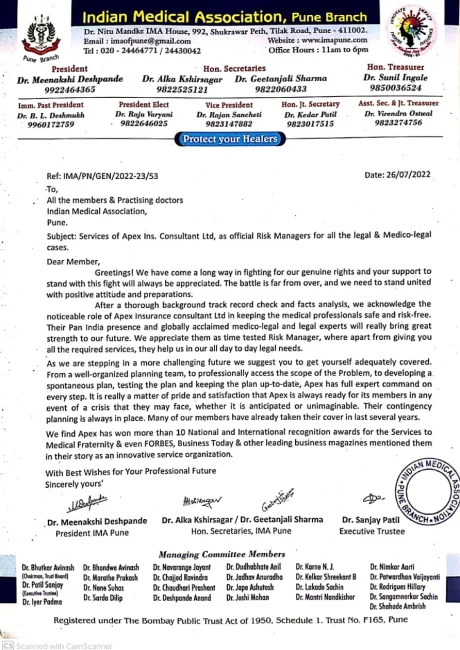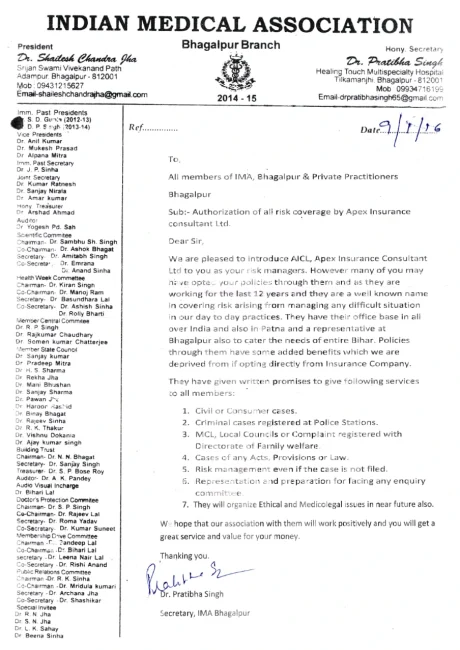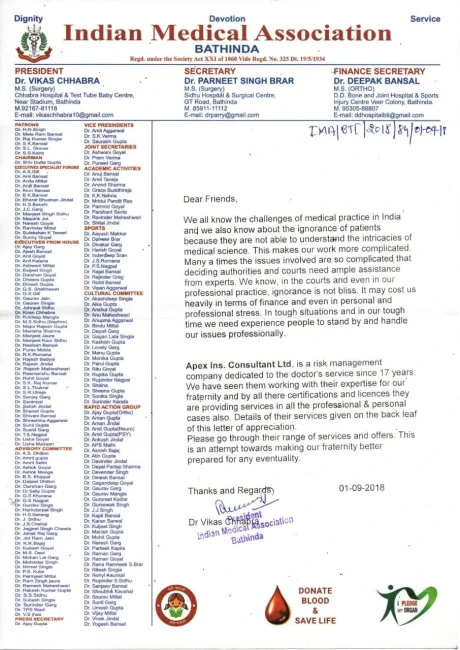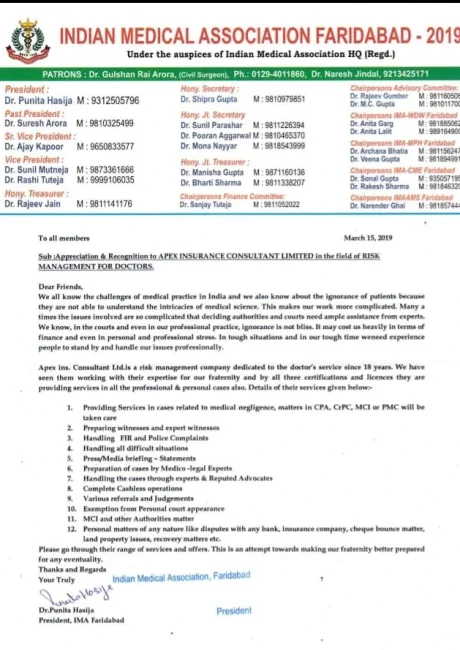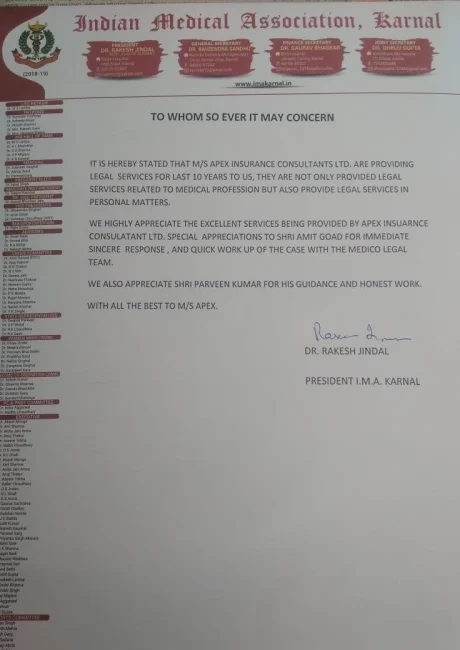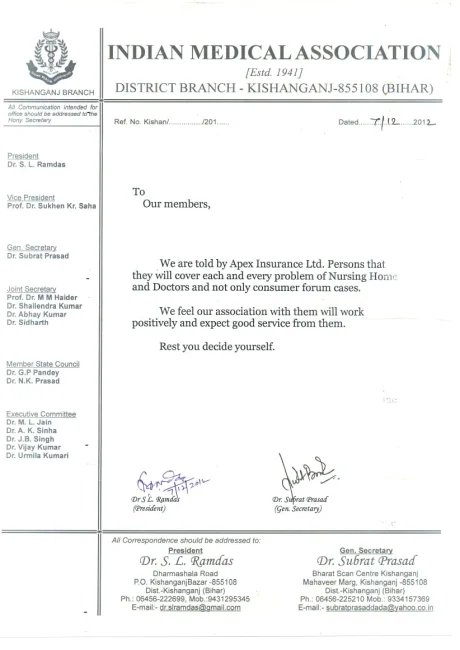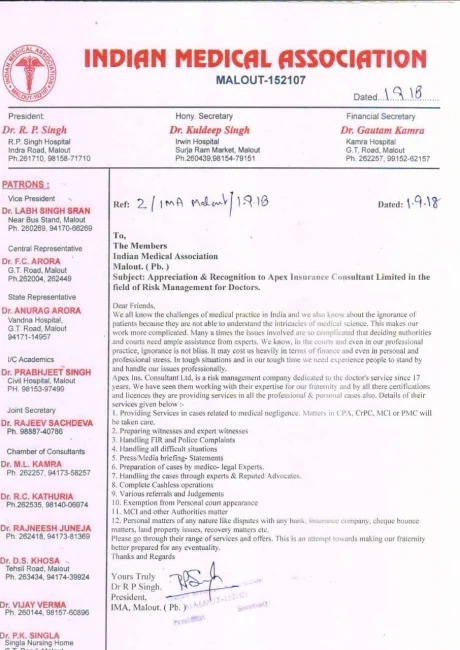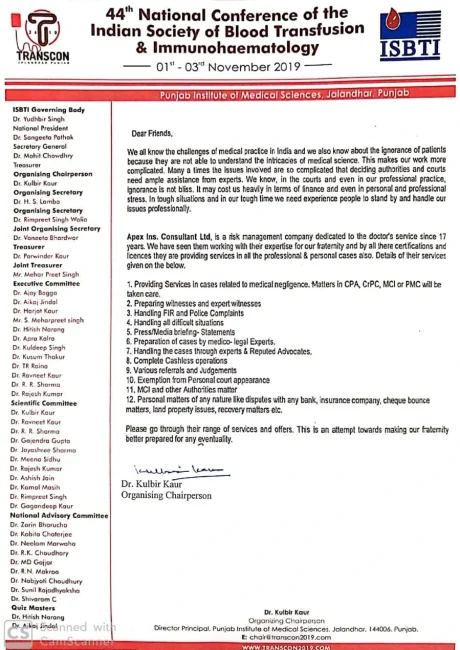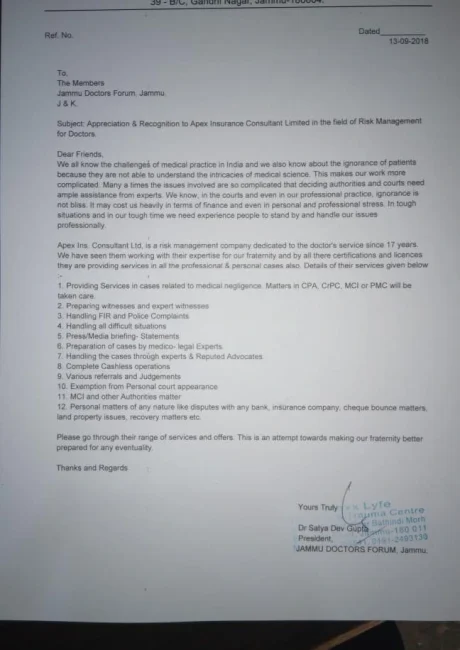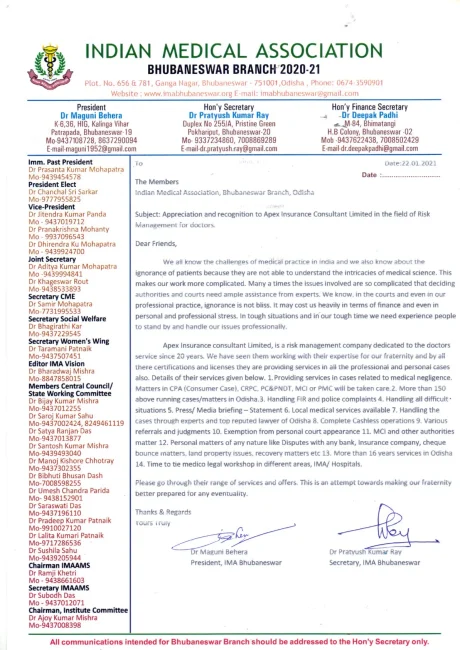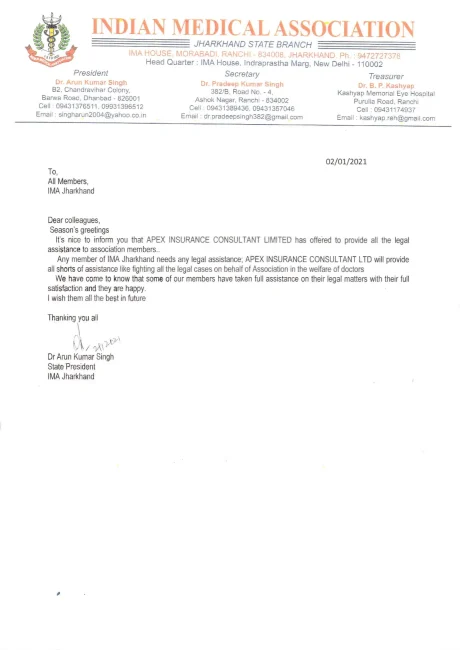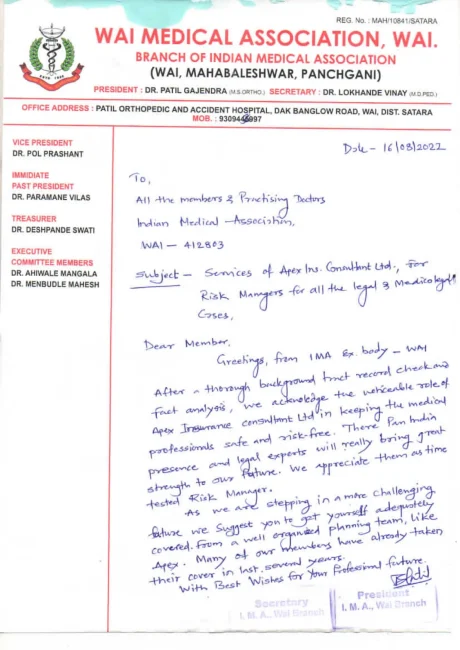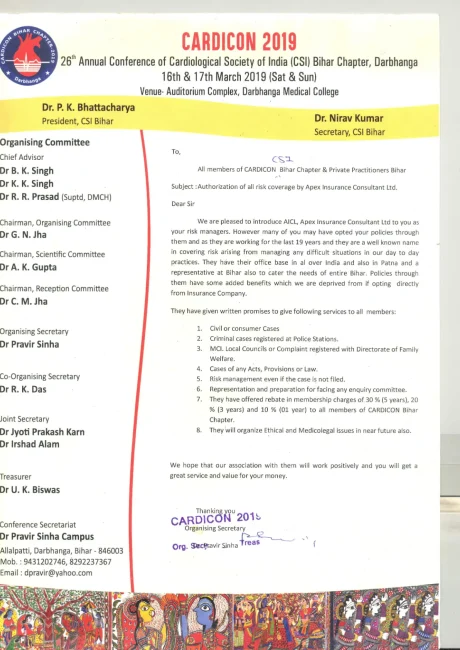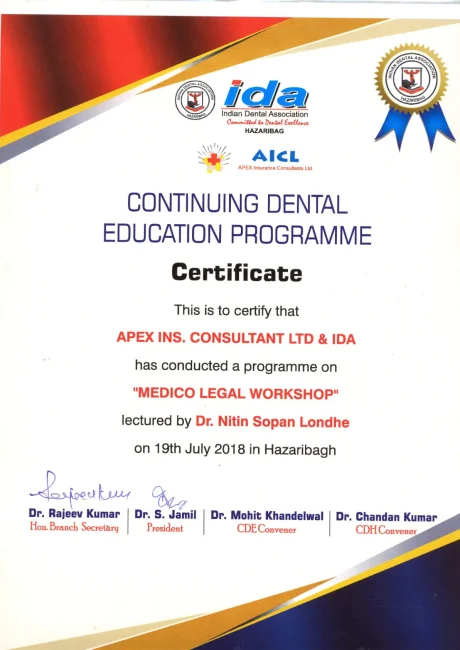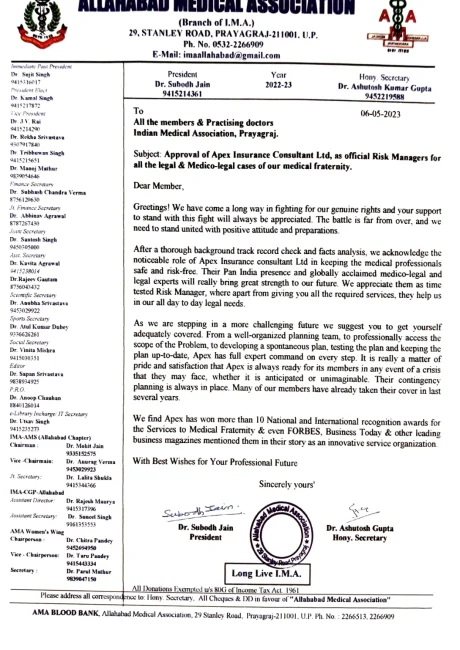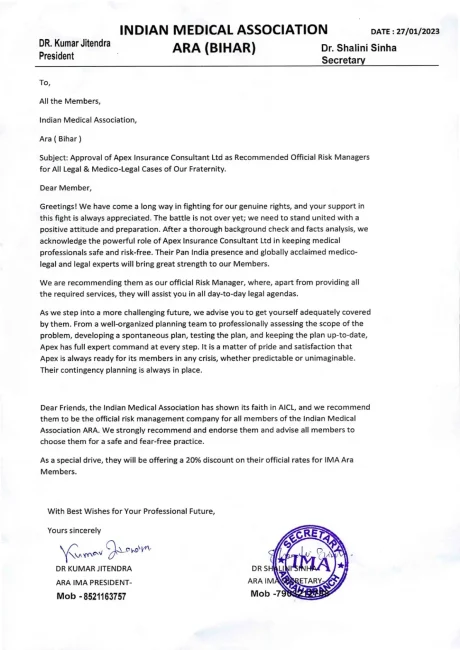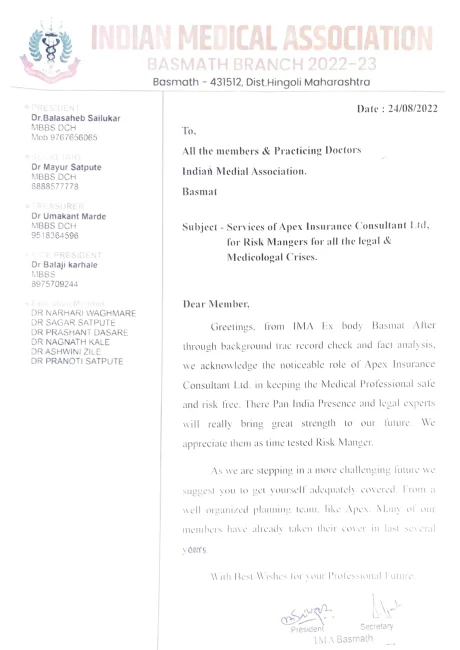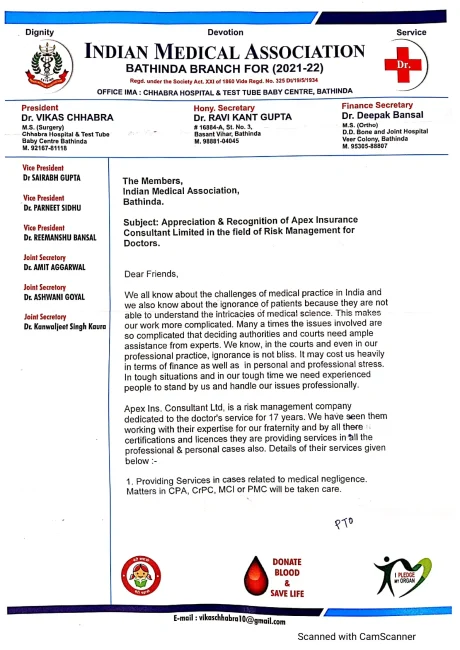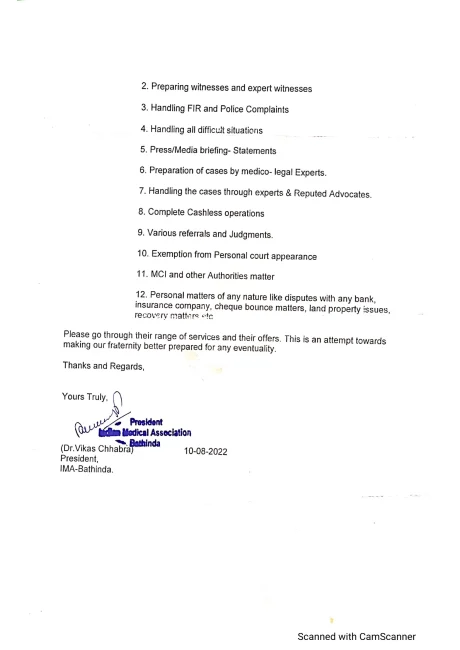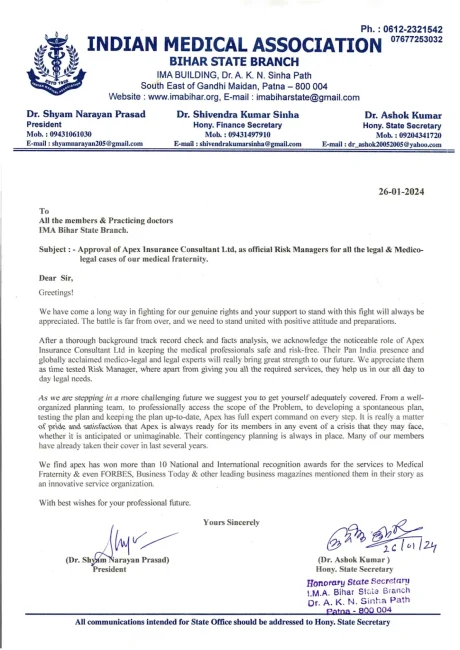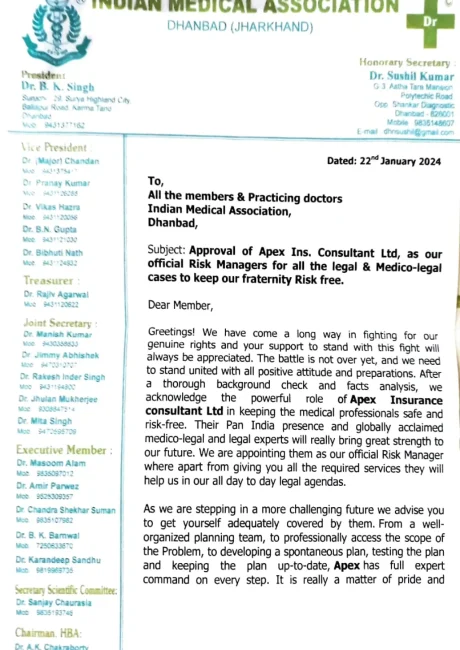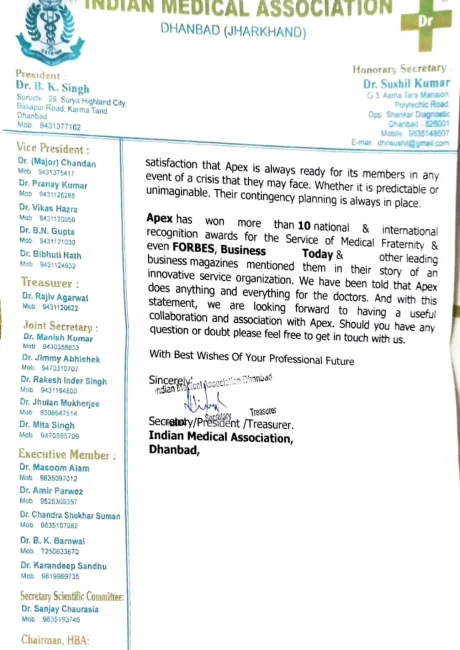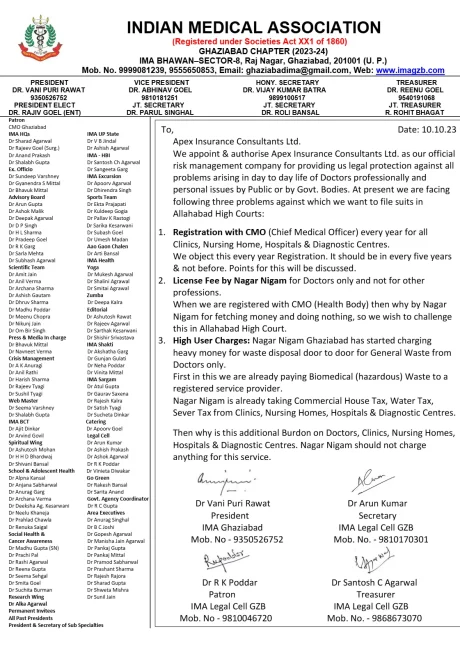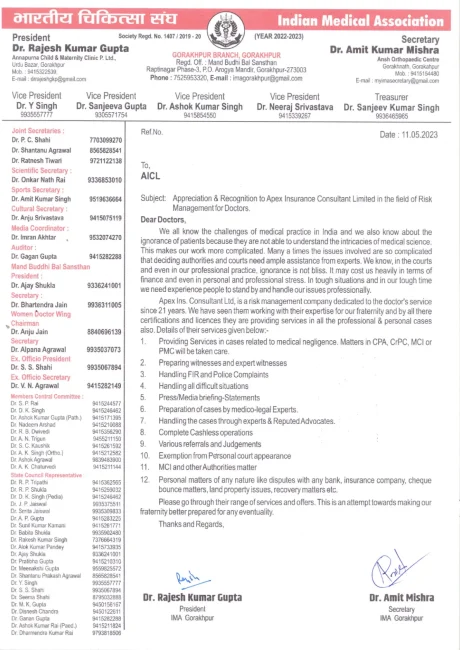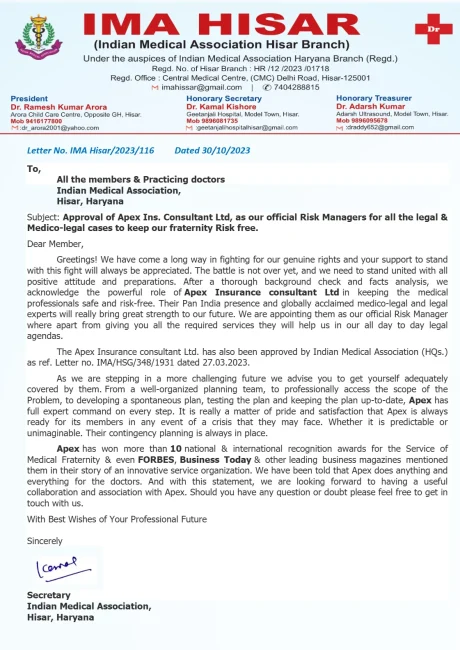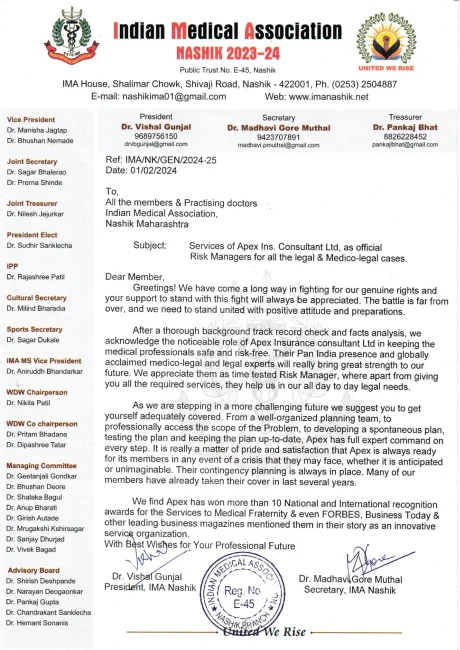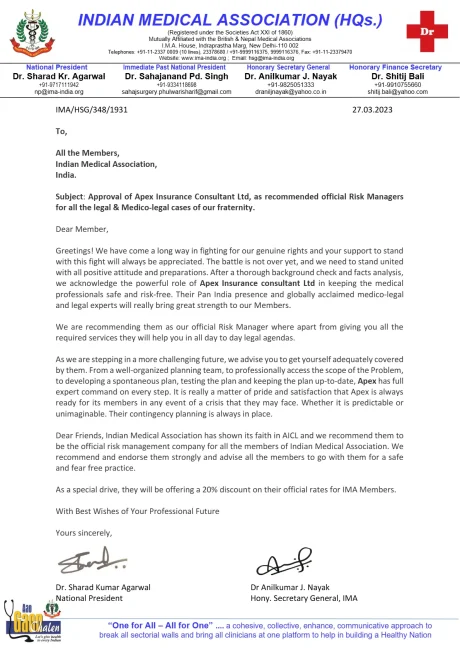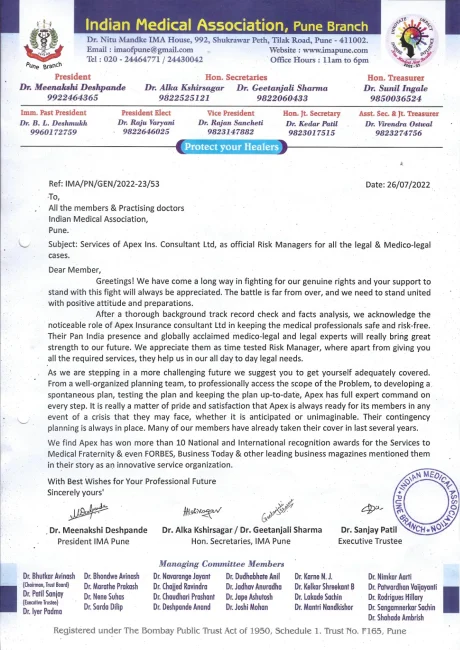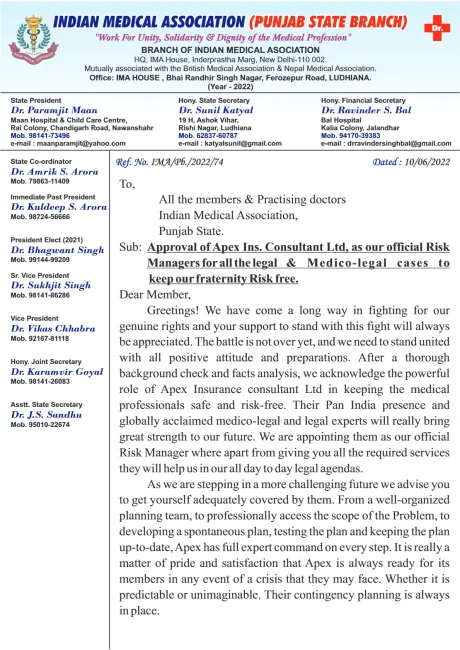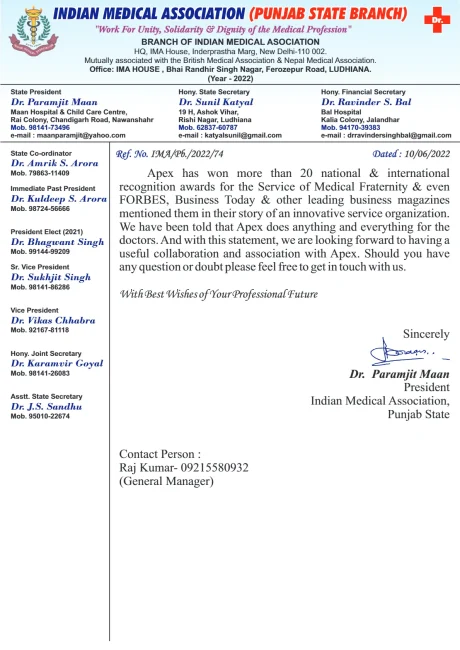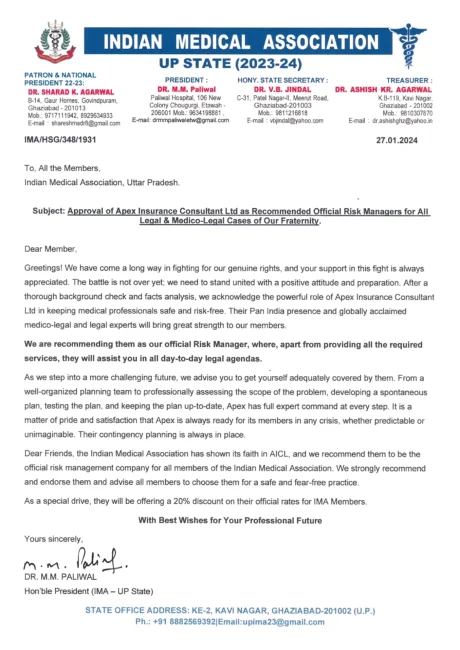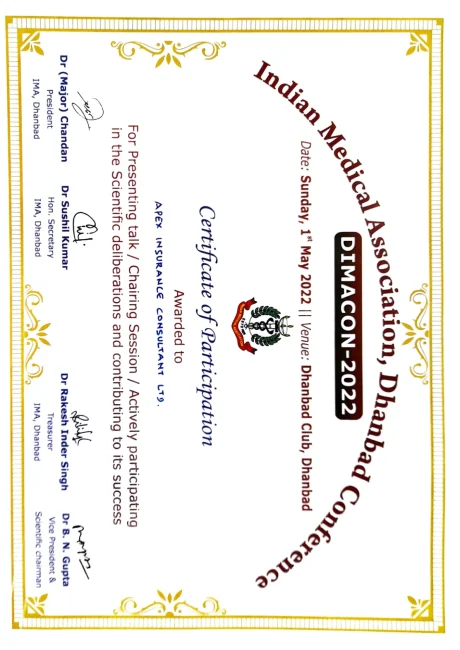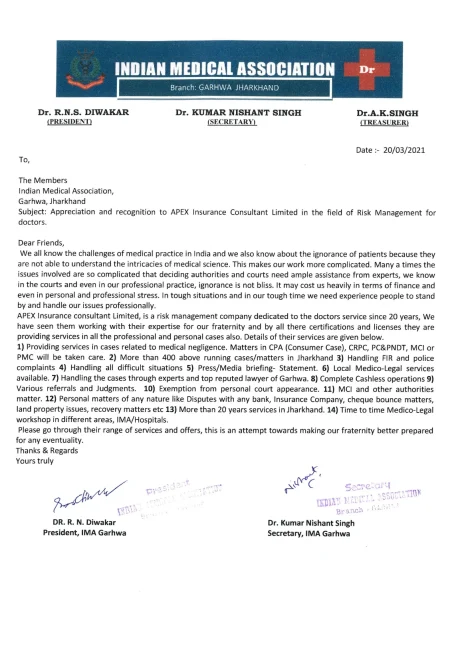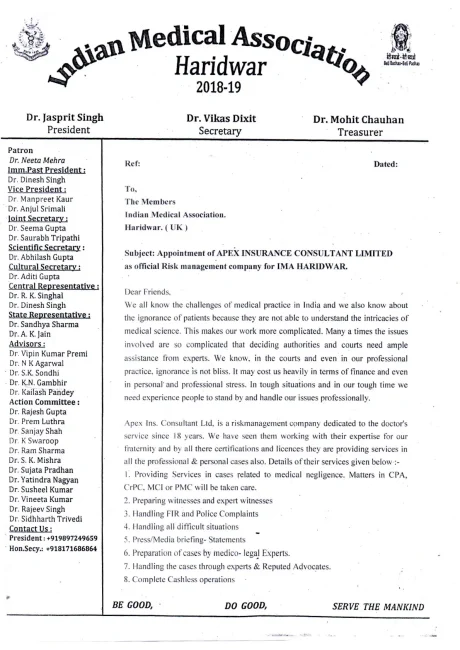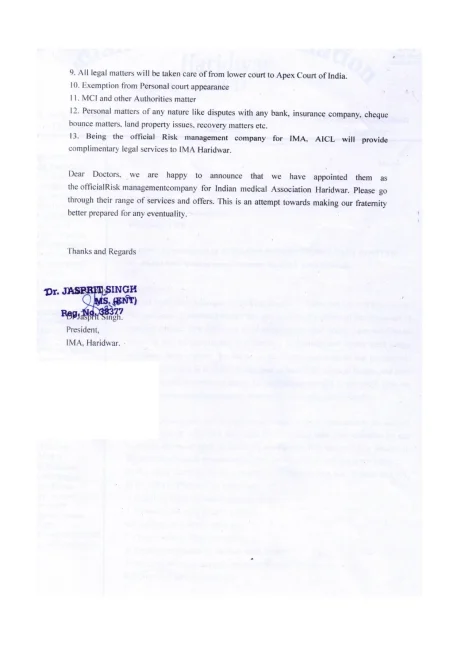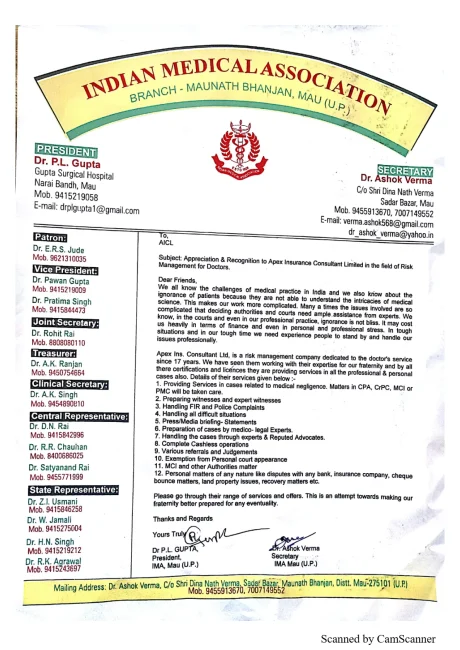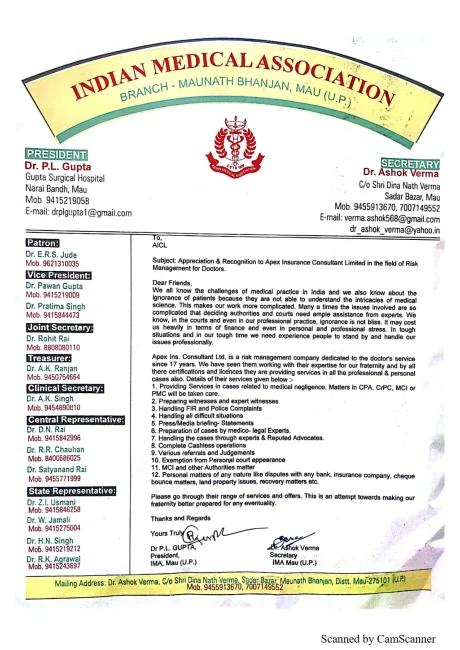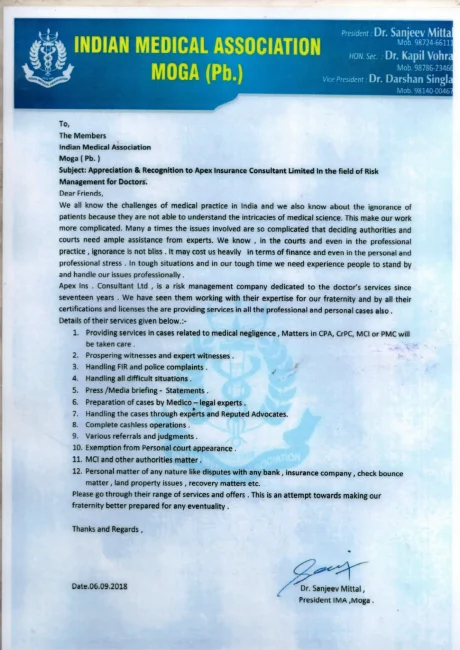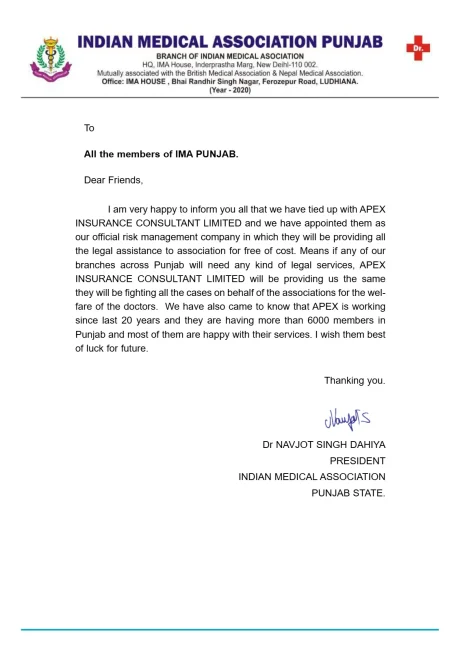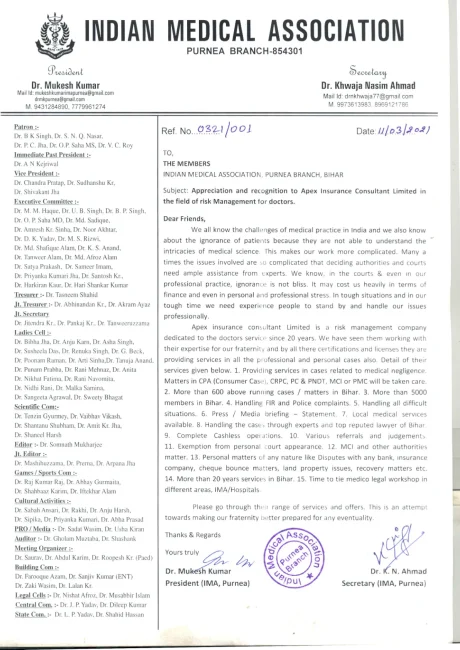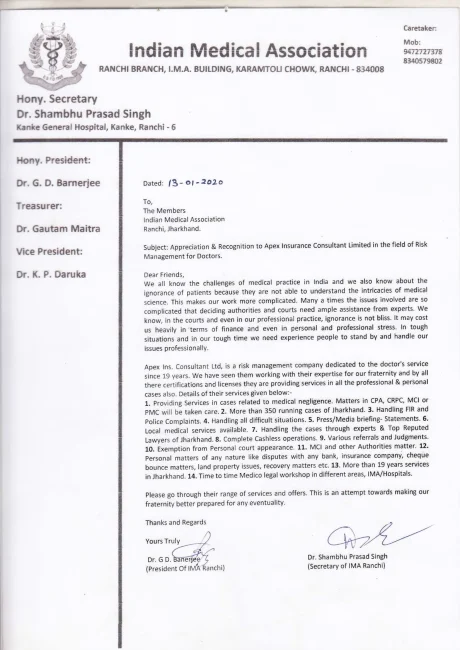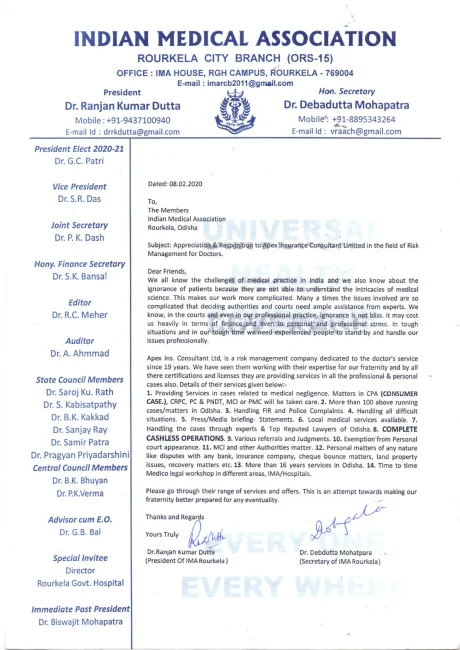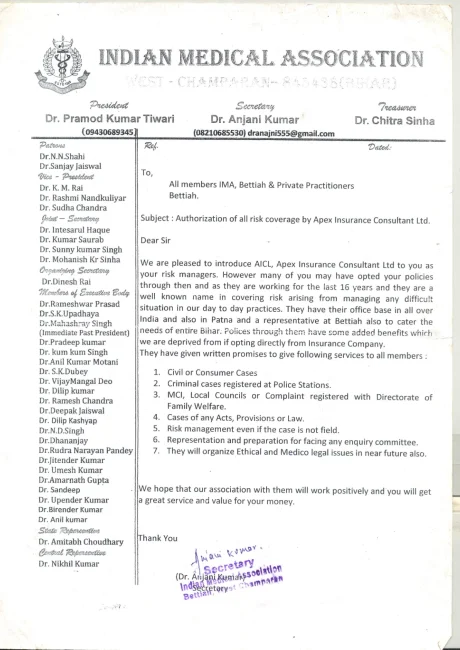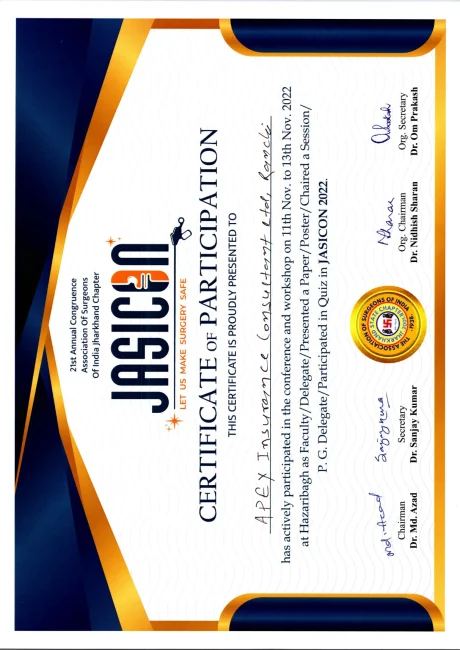"The best way to predict the future is to create it." - Peter Drucker
As a doctor, your reputation is truly everything. It shapes your career, fills your appointment book, and forms the very foundation of patient trust.
You already know that your name isn’t just something you build overnight- it’s the lifeblood of your practice. Patients choose you based on professionalism and a sense that they’re in good hands
But let’s be honest—running a medical practice is a constant balancing act, and even minor slips can spiral into big problems. This is exactly why having a solid risk management plan isn’t just a “nice-to-have,” but an essential.
Ready to learn how risk management for doctors can protect your practice and help you shine? Let’s dive in.
What Exactly Is Risk Management for Doctors?
Risk management might sound like corporate jargon, but it’s surprisingly straightforward and incredibly important. Simply put, it’s about spotting potential issues before they escalate into crises. Whether it’s a clerical error in patient records, a scheduling glitch, or a complaint, having a system to address these hiccups quickly is key.
Why does this matter? Effective risk management reduces the chance of mistakes that could harm patients or damage your reputation.
Why Risk Management Is the Secret to Building Patient Trust
When patients see you have processes in place to catch and fix errors, their trust skyrockets. It ensures patient comfort and your reputation as a careful, competent healthcare provider. In today’s digital age, reputation spreads fast, and risk management is your best defense against any missteps that could tarnish it.
How Risk Management Reduces Medical Errors and Keeps Patients Happy
Mistakes happen. It’s human nature. However, the goal is to minimize (and prevent) those mistakes- whether clinical, administrative, or procedural. A solid risk management strategy will help you catch potential errors early.
Think of it as a system that acts like a double-check, catching missed prescriptions or documentation errors before they impact patient care. The outcome is fewer disruptions, smoother management of issues, and patients who feel well cared for. Happy patients often translate to positive reviews and word-of-mouth referrals, which are priceless.
Risk Management Provides Legal Protection and Lowers Stress
Let’s face it: no doctor wants to be entangled in medico-legal battles, but unfortunately, it’s a risk inherent in medical practice. Here’s where risk management shines- by preparing you with protocols to quickly handle complaints and issues, you reduce your exposure to costly lawsuits.
Having a clear plan acts like a shield. Not only does it protect your practice medico-legally, but it also lowers the stress that comes with uncertainty. You gain peace of mind, knowing you’re ready to respond promptly to any challenge.
Why a Happy Staff Means a Safer Practice
Risk management is also about empowering your whole team. When staff members know the right steps to take when problems arise, they feel confident and motivated. This boosts morale and improves patient care.
A well-trained, confident team can prevent errors and improve patient experiences. Happy staff are less likely to burn out, which means your patients receive consistent, quality care. It’s a win-win all around.
Key Strategies to Implement Effective Risk Management for Doctors:
- Errors in patient information can lead to treatment mistakes. Use reliable electronic health records with audit trails.
- Miscommunication causes many errors. Regular team meetings and checklists can ensure everyone is on the same page.
- Ensure your staff know their roles in risk prevention and how to handle potential problems.
- Encourage staff to report errors or near-misses without fear of blame, so you can fix problems early.
- Stay updated on healthcare laws and standards to avoid medico-legal risks.
- Have protocols for handling medical emergencies, data breaches, or unexpected situations.
- Appoint a risk manager to regularly revisit your strategies to keep them effective.
Common Questions About Risk Management for Doctors
- What are the biggest risks a medical practice faces?
– Common risks include medication errors, patient data breaches, malpractice claims, and operational failures like scheduling or billing mistakes. - How often should I update my risk management plan?
– Ideally, review your plan annually or whenever there are significant changes in regulations, technology, or your practice setup. - Can risk management prevent lawsuits?
– While it can’t guarantee zero lawsuits, effective risk management reduces incidents that lead to legal claims and prepares you to handle complaints professionally. - How can I involve my staff in risk management?
– Encourage open communication, provide regular training, and establish non-punitive reporting systems to create a safety culture. - Does risk management only apply to large practices?
– No, every practice, regardless of size, benefits from risk management. Smaller practices may find it even more critical to maintain smooth operations and avoid costly errors. - Where can I learn more about risk management for doctors?
– Professional organizations, healthcare risk consultants, and trusted online resources offer valuable tools and advice tailored for medical professionals.
To Wrap It Up
Your medical practice is more than just a business—it’s your professional legacy. Implementing effective risk management for doctors enhances patient safety, strengthens your reputation, and supports long-term success. By proactively addressing potential risks, you position your practice to thrive in a competitive healthcare landscape. Ready to take control? A strong risk management strategy is one of the smartest and most impactful investments you can make today.

